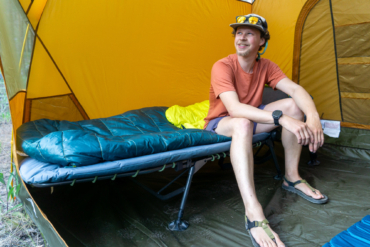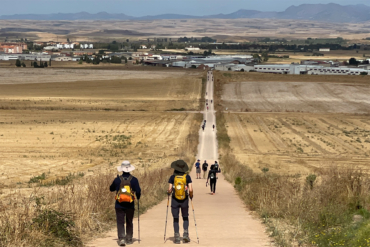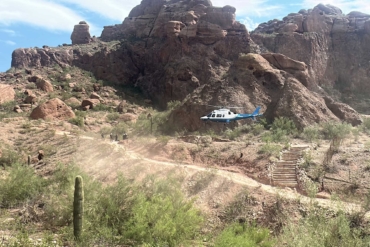Fire. Air. Wood. Water. Those are the essential ingredients for the Backcountry Boiler, an esoteric stove-type product called “the world’s first ultralight chimney kettle.” It is made in Pittsburgh, and the stove is marketed to ultra-light backpackers and other wilderness types in need of hot water in the backcountry with little fuss.
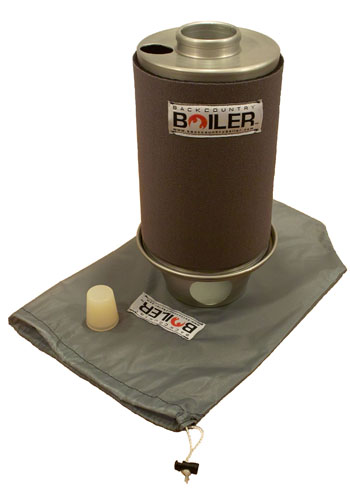
Add some kindling under the Backcountry Boiler, strike a match, and wait for the water inside to bubble and steam. Within a few minutes — as little as five minutes for a couple cups — water goes from cold to bubbling hot, a batch of boiling liquid ready to make tea or rehydrate a backpacking meal.
The Backcountry Boiler costs $100, but for the time being the product is sold out. The company, a one-man shop owned and operated by Devin Montgomery, made its first run of the current anodized aluminum boiler this spring, and the supply in full (about 250 units) quickly went out the door.
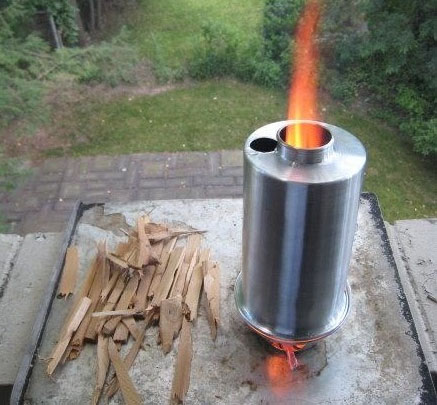
What makes the product popular is its simplicity. The unit combines the function of a stove and a cooking pot into one — and it also eliminates the dependency on gas or other liquid fuel. Dry grass, pine needles, sticks, and birch bark are among the ad hoc items found in the forest that can power this stove.
Its unique design makes water boil fast. Place your kindling under the Backcountry Boiler’s main body and light. Fire devourers dry wood or other natural “fuel” inside the unit’s chamber, which is a cone-shape open area that forces flames and heat to roar out through the top.
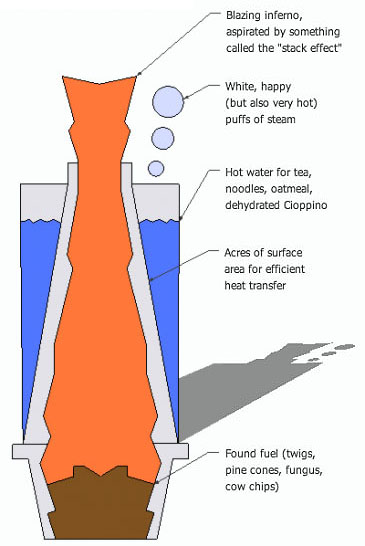
All around the fire inside is metal surface area with water on the other side of a thin wall. Heat transfer through the aluminum easily converts the water from lukewarm to extra hot.
I tested a Backcountry Boiler out this month to mostly happy results. The product is fairly small and light — a little bigger than a 1-liter Nalgene bottle, and about 8 ounces in weight. The body is a hard anodized aluminum, and the stove comes with a silicone cork to seal the water hole shut when needed. A neoprene sleeve serves as a heat guard, letting you handle the boiler even as the water bubbles inside.
My test started with a failure. The first kindling I found — some seemingly-dry maple twigs and dead leaves — did not burn hot enough. They puffed and smoked, but did not generate the required heat.
continued on next page. . .

